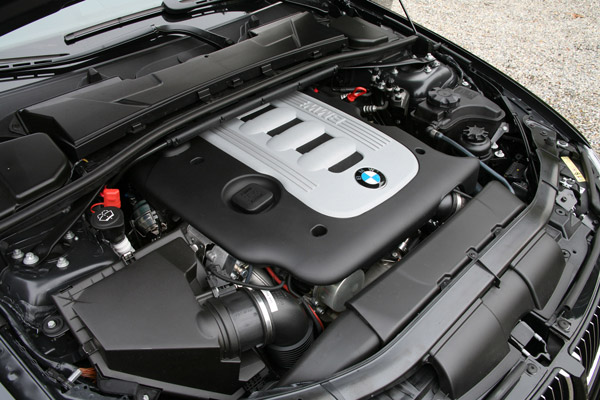Everyone is looking for innovative ways to save money. Many car repair jobs are best left to the professionals, but here are five maintenance tasks that you can take on yourself, even if you’ve never so much as picked up a wrench.
Important note: Before you do anything, buy a repair manual for your car. Got it? Good. Here we go:
1. Changing the air filter
Degree of difficulty: Easy (for most cars)
Cost: $5 to $25
Benefits: May improve power and fuel economy.
Pitfalls: Improperly installed filter could allow dirt into the engine; some cars have fiddly latches that can break fingernails.
The first time you change your air filter, you’ll be amazed that repair shops and quick-lube joints charge $15 to $30 or more in labor to do it. For most cars, changing the filter is a simple matter of removing a few clips or screws, taking the old filter out, putting the new one in, then replacing the top of the filter box. It’s literally a five-minute job. (That said, some cars are more complex, so check your repair manual before starting.) Note which way the old filter comes out so you don’t install the new one upside-down. If the filter material is red or green, you may have a reusable filter that can be cleaned — ask your parts dealer.
2. Checking tire pressure
Degree of difficulty: Easy
Cost: One-time investment of $15 or less
Benefits: Improves fuel economy, ride comfort, safety.
Pitfalls: Dirty hands and knees.
Tires are the most oft-overlooked parts of our cars. They lose air over time (and with colder temperatures), and low pressure translates to increased fuel consumption. Buy a digital tire gauge ($15 or less, I got mine free at a tire dealer promotional event) and check the tires first thing in the morning before the car has been driven (driving heats the air inside the tires and raises the pressure). You’ll find the proper inflation pressures in your owner’s manual as well as on a sticker in the driver’s doorjamb or behind the gas-filler flap. If one or more tires are low, refill at a gas station air pump, but don’t rely on the air pump’s pressure gauge — use your own. If you overfill the tire, press the pin inside the valve to let air out.
4. Changing the oil
Degree of difficulty: Advanced
Cost: $50-$75 initial investment; $10-$30 per change thereafter
Benefits: Routine maintenance — someone has to do it.
Pitfalls: Requires working under the car; very dirty; if done wrong, could cause expensive engine damage.
The oil change is the high end of do-it-yourself maintenance. It’s a fairly straightforward procedure — raise the car off the ground (preferably on ramps), drain the oil, replace the oil filter, refill with the proper amount of oil and check for leaks. (Your repair manual will walk you through it.) But it’s a dirty job, it requires tools (ramps or jack stands, drain pan, socket set, oil filter wrench), you have to take the old oil to a parts or repair shop for recycling, and if you do it wrong — too little or too much oil, drain plug or filter installed improperly, etc. — you could literally ruin your engine. Most quick-lube places are cheap enough that it’s not worth the effort, but some people — your author included — just enjoy doing it.
NOTE: NEVER EVER work under a car supported by only a jack! If the car falls off the jack, it’s curtains for you. Buy a set of sturdy drive-on ramps and use them as per the instructions, blocking the tires so the car can’t roll.
If you are a vehicle enthusiast and your vehicle has some other problems, why not buy vehicle diagnostic tools from our website, and then diagnose auto malfunctions all by yourself. These vehicle diagnostic tools are: Autel MaxiDAS® DS70, Autel MaxiDiag Elite MD802, Autel MaxiSys MS 908, and so on.

Three car maintenance jobs you can do yourself
by
Tags:

Leave a Reply